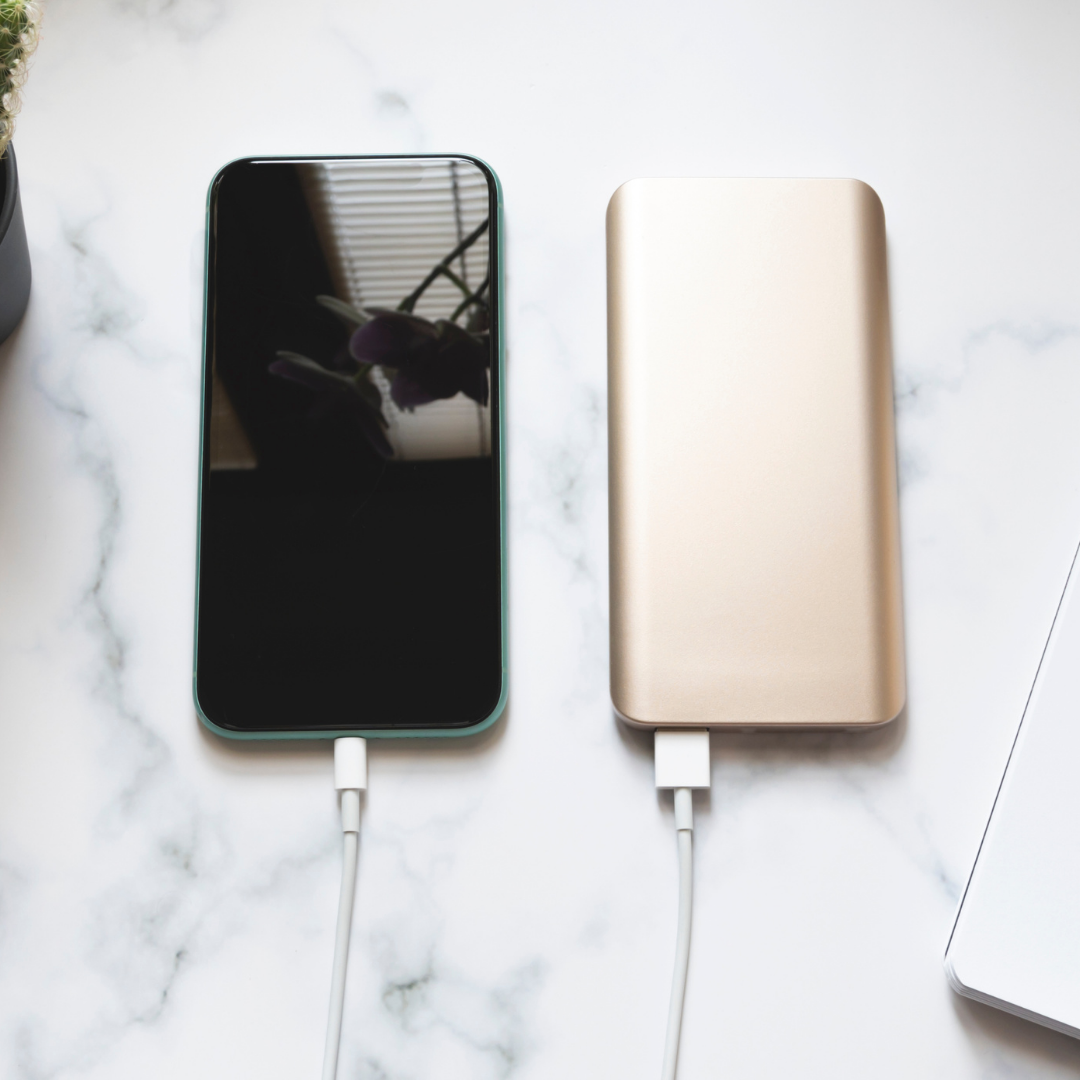For many of us, the thought of running out of battery power during an important business meeting or while traveling hasn’t crossed our minds. But whenever there is a major power failure, there is a precedent of smartphone users who are caught with their pants down because their cell phone batteries have run out of charge.
There are lots of ways to get your device running—but what happens when the power’s out or your battery’s dead? Don’t worry; there are plenty of options to get you back up and running, and some of them are more portable than others. If you’re serious about your technology, you’ll want to make sure you’re never powerless again.
Everyone knows that getting through a day’s worth of charging is a hassle, so many of us rely on our smartphones to get us through the day. But how often do we really think about how much juice our smartphones are actually consuming? With so much tech now requiring a constant charge, it’s easy to forget how much juice we’re actually putting through the device.
What are a Portable Power Bank and its uses?
Power banks can be broken down into two categories: Portable Power Banks and Portable Charging Solutions. Portable Power Banks are portable chargers that are meant to function as a whole unit, and they are generally larger than Portable Charging Solutions. These chargers can be used to recharge a variety of electronic devices such as handhelds, laptops, and smartphones. They can be plugged into a wall outlet, but most of them come with a power cord that allows you to plug them into a USB port on your laptop or desktop computer.
The first thing that pops into mind when you see a portable power bank is that it should be as big as possible. This is because these packs are essentially battery pack that can be attached to your mobile devices. Therefore, the bigger the portable power bank, the better it will be able to power your devices, and the longer it will last on a full charge. However, there is a fine line between too big and too small for this purpose as it can compromise the portability factor of the portable power bank.
Power banks can be broken down into two categories: Portable Power Banks and Portable Charging Solutions. Portable Power Banks are portable chargers that are meant to function as a whole unit, and they are generally larger than Portable Charging Solutions. These chargers can be used to recharge a variety of electronic devices such as handhelds, laptops, and smartphones. They can be plugged into a wall outlet, but most of them come with a power cord that allows you to plug them into a USB port on your laptop or desktop computer.
- Check the capacity
- Check the current input
- How many ports are there
- Quality
- Price
Everyone needs a power bank, and everyone also needs a portable power bank. So, what defines a power bank? Not surprisingly, it’s the amount of power you can pack in a compact space, which varies depending on how much juice your device needs. Most power banks tout their capacity in mAhs, or milliamp hours, a measure of how much current you can draw from them for one hour before they’re fully drained. However, most power banks are actually measured in mA, or milliamps, which measures how much current they can safely draw from your device before damaging it, a measure known as the current capacity.
If you’re caught on the go, you may find yourself running out of juice and unable to find a power source to charge your devices. While a portable charger may not be able to recharge your devices fully, they can be very handy to keep in your bag and give you a power boost wherever you are.
If you have ever stepped out of your house during a power cut, you will know it’s an experience that’s worth saying goodbye to. No matter how much you depend on your mobile devices, no amount of your favorite movie or songs can fill the void. A portable power bank is, therefore, one of those must-haves, just in case.

